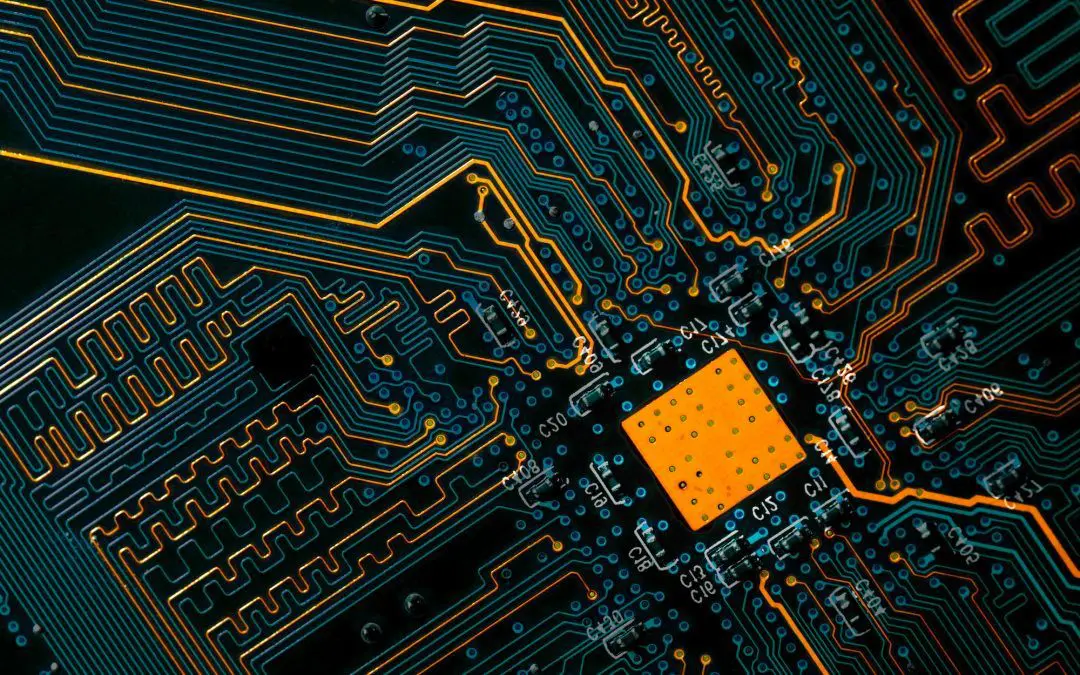The journey from an initial concept to a market-ready product in the semiconductor industry is complex and resource-intensive. For startups and spinoffs particularly, evolving from a Minimum Viable Product (MVP) to the commercially viable Proof of Market (PoM) stage, requires efficient and strategic use of technology and resources.
The critical race to Proof of Market
In the semiconductor industry, the race to PoM is a pivotal phase for startups. Given the industry’s inherent challenges and substantial financial stakes, accelerating the journey from MVP to PoM is essential for success.
- Market Competition: 20% of startups fail due to competition, as reported by CB Insights. In this competitive landscape, moving rapidly from PoC to PoM is crucial.
- Cost of Failure: The average startup cost in the semiconductor industry exceeds $250 million, with respins adding approximately $25 million each, highlighting the high financial stakes.
- Time-to-Market Pressure: Delays in semiconductor production, which often lead to significant revenue losses, are a major concern.
- Design Complexity: The increasing complexity of SoC designs, with market demands outstripping engineering capabilities, adds to the challenge of timely market entry.
Startups, including those in incubation stages, initially focus on demonstrating their PoC by developing an MVP. Often built using technology not ideal for mass production, the MVP’s role is to showcase the concept to early adopters and investors and to secure access to low-cost foundry services. This stage is vital, but the true test of market viability occurs in the transition to PoM when startups face the significant challenge of transitioning their design to technology suitable for commercial mass production.
Reaching PoM 40% faster with AMALIA
Thalia’s AMALIA software suite enables startups to efficiently migrate their analog and mixed-signal IPs to technologies appropriate for Tier 1 foundries or to develop a second product. Utilizing AMALIA’s unique blend of automation and AI-enhanced tools, startups can dramatically cut their design cycle time and operational costs. The suite comprises:
- Technology Analyzer: Automates the comparison between starting and target technologies, generating a list of compatible devices for efficient design migration.
- Circuit Porting: Utilizes the output from Technology Analyzer to produce schematics in the chosen technology, preserving placement and floorplan for enhanced design reliability.
- Design Enabler: Employs AI and machine learning algorithms for optimizing circuit performance when porting doesn’t meet design constraints.
- Layout Automation: Maintains the intelligence gathered during silicon verification in the final layout, automating repetitive tasks and conducting design rule checks.
By streamlining the design process and minimizing manual interventions, AMALIA facilitates a 40% faster (minimum) move to PoM compared to other analog design migration approaches.
For semiconductor startups, achieving PoM swiftly is a crucial milestone in their journey to commercial success. With AMALIA’s capability to expedite the design migration process startups can reduce financial exposure and design cycle time while effectively positioning themselves in a competitive market. This expedited transition is not just about reaching the market quickly; it’s about ensuring sustainable growth in a challenging and rapidly evolving technological landscape.


